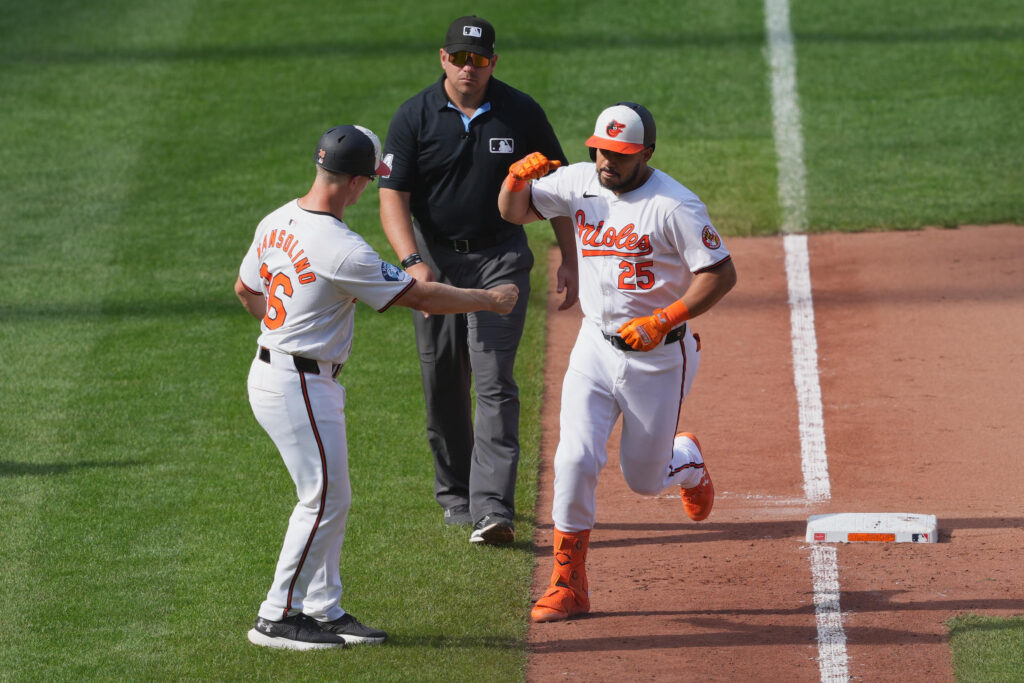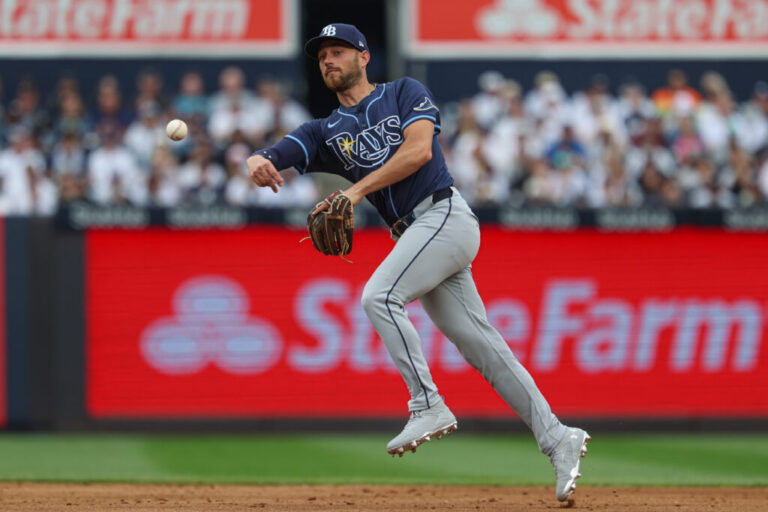
The MLBPA appears to be of the opinion it is more important to maximize the highest salaries for the top 15-20 contracts in baseball than it is to maximize the share of revenues winding up in players pockets.
Pretend youre in a world where a vast majority of all MLB revues were subject to revenue sharing putting the teams on equal footing. To make up numbers so we’re using hard numbers, imagine we’re talking $9B in revenue being split, meaning every team pulls down $300m to work with. Then say you’re going to make a $160m hard floor and $240m hard cap.
At that point players would be guaranteed $4.8B out of the $9B as the floor compensations couldn’t drop below, with a theoretical peak of $7.2B. Point is, even 4.8/9 exceeds 50% of revenue, and, it’s a certainty all teams wouldnt just spend to the floor. But as a percentage of revenue, that appears to be more money going to players than under the current system.
What it *wouldnt* allow is one team to be carrying a bunch of huge contracts, and, the top end of the mega deals wouldnt be feasible to carry astronomical AAV because it would eat up too large a chunk of team payroll. If you’re capped at 240m, and can’t exceed it, you’re not going to pay a guy $50m a season, you’ll lack the ability to fill out the roster.
If the goal is to enrich players across the board MLBPA should love the salary floor accompanying a salary cap since it’d allow a guaranteed piece of the pie. Especially if you set the yearly limits via a formula tied to a percentage of revenues rather than predetermined numbers as is currently used for CBT throughout the CBA.
However, it’s been clear for a long time MLBPA has the goal of guaranteeing the right to chase the largest individual contracts, with lesser concern about percentage of pie based approaches.





